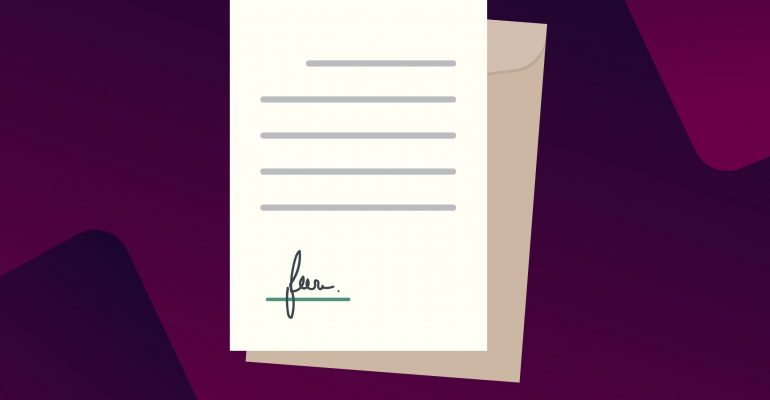Cover Letter: Everything You Need to Know
August 31, 2021 2023-02-23 7:39Cover Letter: Everything You Need to Know
Cover Letter: Everything You Need to Know
Some employers ask you to provide a cover letter along with your resume to justify why you are qualified for the job. Although a cover letter is not required for all vacancies, it is still a good idea to send one to any job you are applying for.
What is a cover letter?
A cover letter is a one-page document sent with an application that includes details about the job you’re applying for, your qualifications for the position, and why you want to work for the company.
What is the purpose of a cover letter?
A cover letter helps recruiters and hiring managers get a thorough understanding of your qualifications for a role.
It is used by employers to determine how well each employee will fit in with their company culture and use their expertise to meet the expectations of a position.
Strong cover letters demonstrate a direct link between your goals and the ideals of the organization.
What is the importance of a cover letter?
- It introduces you to the hiring manager
- It illustrates how you will add value to the company
- It suggests that you have solutions for the company
- It contains your contact information and availability
What to include in a cover letter?
All cover letters need a few main elements to successfully fulfill their intent and highlight the top reasons to employ you. They should also adhere to a standard format to ensure that the information is well-organized and easily accessible to employers.
To satisfy employer expectations and highlight your best traits, your cover letter should include the seven sections mentioned below.
- Header
Begin by creating a header with your contact information. It should start with your name and include your email address, phone number, and address on separate lines. You may also add links to your social media accounts if that information is relevant to the position. - Greeting
Your cover letter’s salutation or greeting is the first opportunity to stand out from other candidates by addressing the appropriate person. To prove that you have put thought and effort into your submission, look up the name of the recruiting manager for each role.
Keep your greeting brief and professional, and use proper honorifics or titles if appropriate. - Introduction
The first paragraph of your cover letter should provide basic information about yourself and why you want the job. Add the title of the position you’re applying for, as well as a general outline of why you’d be a suitable candidate and why you’re enthusiastic about it. - Qualifications
Next, you should focus on your qualifications. This enables you to get the employer’s attention right away by describing how you can benefit their team. Give more details about the information on your resume, and emphasize how your experiences are relevant to the position. - Values and goals
The following paragraph should show that you acknowledge the company’s mission. Focus on how your goals match with theirs and how they relate to the elements of the company culture that you enjoy. - Call to action
Finally, thank the recruiting manager for reviewing your application and express interest in discussing the role further or scheduling an interview. - Signature
Sign off with a professional closing expression and your signature or typed name.
Few suitable closing expressions are:- Sincerely
- Best regards
- Respectfully






